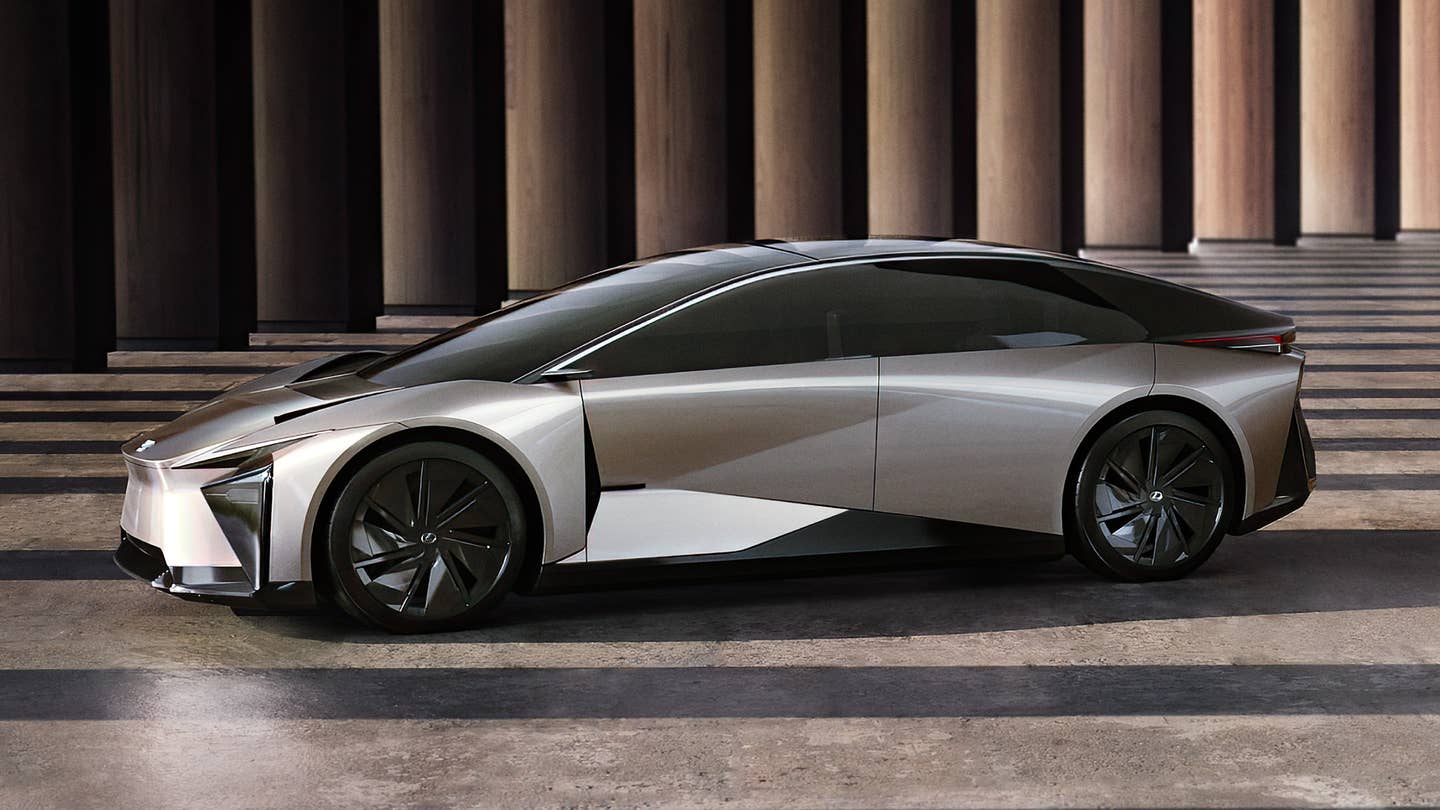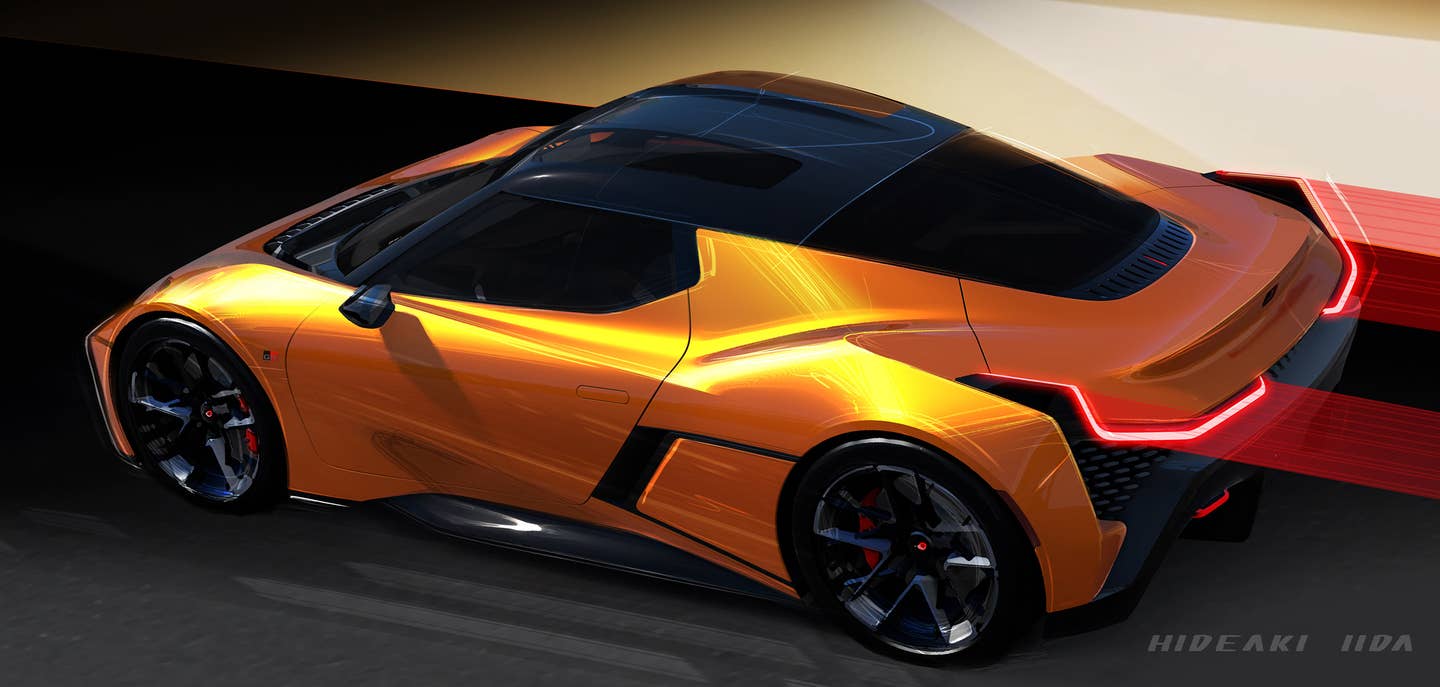At first glance, the Toyota FT-Se concept appeared to be another installment in the lengthy and disheartening saga of the elusive MR2 successor. However, a Toyota representative has reportedly verified that the FT-Se is slated for production, finally putting an end to any uncertainty or conjecture surrounding the future of another mid-engine (ish) Toyota.
The production plans for the FT-Se were confirmed to Inside EVs during the Japan Mobility Show, where the concept debuted. Interestingly, the firsthand account of the concept suggests it is more advanced than many other EV concepts from Toyota showcased at the event. Hideaki Iidi, the project manager for GR Design Group and the creator of the FT-Se, affirmed that the concept will go into production following the launch of the Lexus LF-ZC sedan, which shares its battery.
“We anticipate that the Lexus model will debut in 2026, followed by this one,” stated Iida. “While we cannot confirm the exact year, our aim is to proceed as expeditiously as possible. I can only assure you that it will be after 2026.”

The Lexus LF-ZC EV sedan concept, also poised for future production. Lexus
Reports suggest that the production version of the FT-Se will compete with Porsche’s upcoming electric 718 model, expected to be unveiled next year, and may outperform existing performance EVs in terms of weight. While specifics on the FT-Se’s weight, power, and price remain undisclosed, Toyota representatives at the show hinted at the possibility of the car utilizing Toyota’s simulated manual transmission for EVs. This feature, along with the FT-Se, has been teased for around 2026, aligning with Toyota’s confirmed venture into electric sports cars—an exciting development that may culminate in a performance powerhouse boasting up to 550 horsepower, according to circulating rumors.
Considering the attributes of the FT-Se, one might assume it to be an unconventional successor to the MR2—expensive, electric, and at risk of meeting a fate similar to the GR Supra’s transformation from the FT-1 concept. However, Iida stressed that the FT-Se is not intended to continue the legacy of the MR2 (or Supra), highlighting that it represents a fresh design approach to establish itself as a distinct brand rather than a conventional one.
For enthusiasts who perceive the FT-Se as a potential fourth-generation MR2, possibly as an E-W40, notable resemblances can be drawn concerning its compact size, short wheelbase, and elevated roofline reminiscent of the AW11 and SW20 models. As a devoted MR2 owner at The Drive, I have put forward suggestions on how Toyota could develop such a vehicle without alienating current MR2 aficionados. While some may still express discontent, it’s worth noting that their preferences may not align with the target market for the FT-Se.

Conceptual sketch of the Toyota FT-Se by Hideaki Iida. Toyota
While the demise of the MR2 is accepted by many, signaling its unlikely return due to economic and market constraints, the arrival of the FT-Se is anticipated with cautious optimism. Skepticism surrounds the viability of Toyota’s simulated manual transmission and its impact on the driving experience, prompting a reserved initial reception until its practical benefits are thoroughly demonstrated.
If you have tips or inquiries for the author, you can contact them at: james@thedrive.com
[ad_2]

